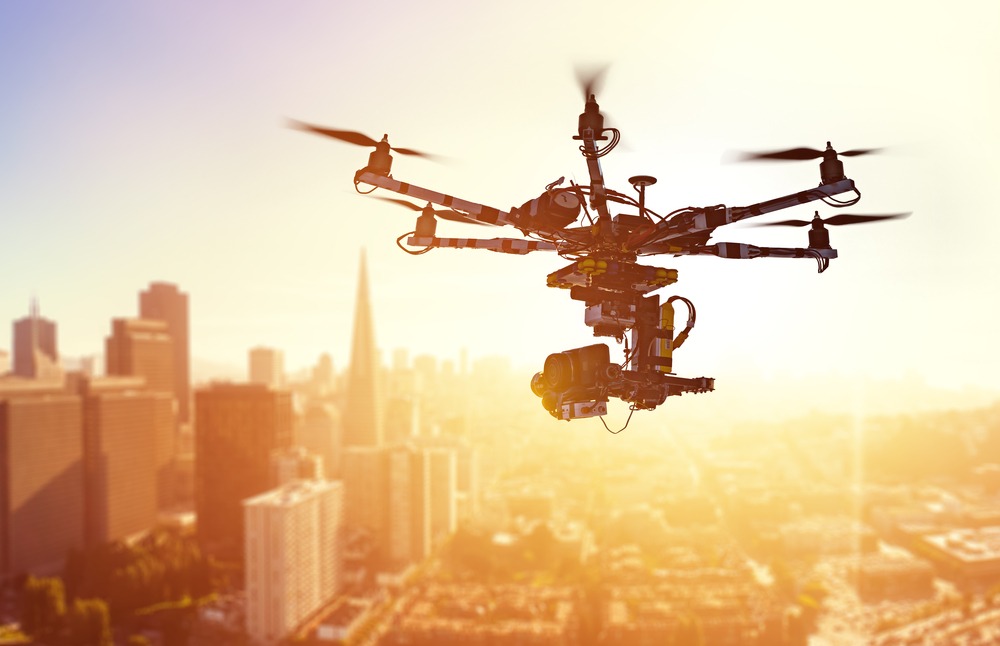
A hearing on aviation safety on Tuesday was dominated by concerns over the possibility of the proliferation of unmanned aircraft systems and the threat those drones pose to commercial and other manned aircraft.
“We agree, something needs to be done to regulate them,” Ali Bahrami, associate administrator for aviation safety at the Federal Aviation Administration (FAA), told members of the House Transportation and Infrastructure Committee’s Aviation Subcommittee during the hearing on the State of Aviation Safety. “We need to work with you.”
The FAA executive was responding to comments from Rep. Pete DeFazio, R-Ore., who insisted that Congress “rather stupidly rejected” the regulation of the rapidly growing number of recreational drones after a massive lobbying effort by the industry.
“It’s not a question of if, but when,” Matthew Hampton, assistant Inspector General for Aviation Audits at the Department of Transportation, said of the eventuality of a recreational drone crashing into a commercial airliner.
Several lawmakers recounted last September’s collision of a small recreational drone with an Army helicopter near Staten Island, N.Y., which damaged the helicopter’s main rotor blade, window frame and transmission deck. The collision did not cause any major injuries.
The FAA’s Bahrami said the agency is working on proposed drone regulations but it is unclear what authority the FAA’s regulations will have over noncommercial drones because of last year’s ruling by a U.S. appeals court in Washington striking down the FAA’s rule that required recreational drone owners to register their craft. The court ruled that a law passed by Congress in 2012 barred the FAA from imposing new regulations on model aircraft and said it was up to Congress to repeal the ban on FAA rules for model aircraft.
Akbar Sultan, deputy director of airspace operations and safety programs at the National Aeronautics and Space Administration (NASA) said the key to any regulatory effort is that the industry is still in its infancy and hard data is difficult to come by for usage, numbers of drones, locations and other critical input.
DeFazio said he believes all drones should be registered and potentially licensed.
Captain Tim Canoll, president of the Airline Pilots Association, International, agreed with DeFazio and called on Congress to pass legislation addressing the safety threats posed by the proliferation of noncommercial unmanned aircraft systems (UAS). “We are not calling on Congress to apply overly restrictive and burdensome regulations on the recreational segment of the UAS industry. However, we are calling on Congress to allow the FAA to use its regulatory authority to address the known and constantly increasing risk to airline safety,” he stated.
Meantime, both lawmakers and the experts touted the improvements in airline safety in the United States. “Our system is extremely safe,” said Rep. Frank LoBiondo, R-N.J., the chairman of the subcommittee, who said more than 850 million air passengers traveled to and from the United States last year without a single fatality.
“The United States has the safest aviation system in the world,” said Rep. Bill Schuster, R-Pa., the chairman of the full Transportation Committee. “That can never be taken for granted. Safety is our highest priority.”
The experts and lawmakers expressed other concerns.
John DeLisi, director of the office of aviation safety at the National Transportation Safety Board (NTSB), cited several priorities for NTSB, including: expanding the use of black box recorders; addressing the loss of control in flight in general aviation; and several issues that are identified in aviation accident investigations, such as alcohol and drug impairment, distraction, occupant protection, fatigue, medical fitness and safe shipment of hazardous materials.
ALPA’s Canoll disputed industry suggestions that there is a shortage in trained pilots necessitating an easing on training and other requirements. He said there are currently two licensed pilots for every job and that higher pilot pay is already making more pilots available. “Flight training enrollments are increasing, not decreasing,” said Canoll.
DeFazio expressed concern about the testing of airplane evacuations, saying the increase in airplane capacity via smaller seats has created a troubling scenario in case of emergencies. He said evacuations are only being tested through computer simulation now and not with live evacuations.
He and several other lawmakers expressed concern that noncertified used parts are being used in some aircraft.